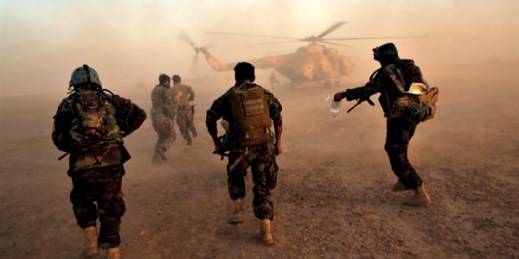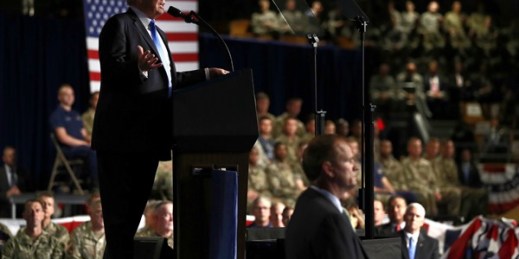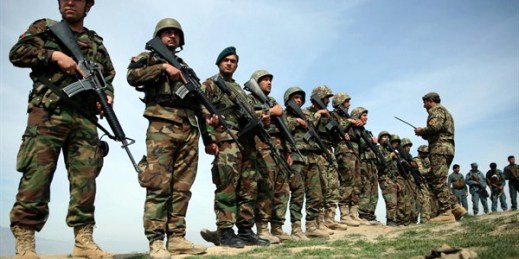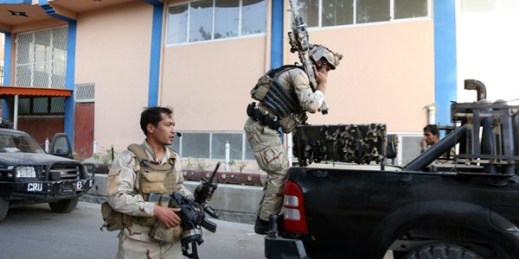
President Donald Trump’s advisers have touted his strategy in Afghanistan, unveiled last week, as taking a regional approach to America’s longest war. But Trump’s speech contained only the briefest reference to the roles and responsibilities of two of Afghanistan’s immediate neighbors, India and Pakistan, which are so critical to the long-term fortunes of that beleaguered land. Trump’s call for a bigger role for India and his warning to Pakistan about its cross-border dealings were nothing new, and they failed to acknowledge the larger strategic tradeoffs and complexities in the region. A true regional approach would look quite different and would […]



